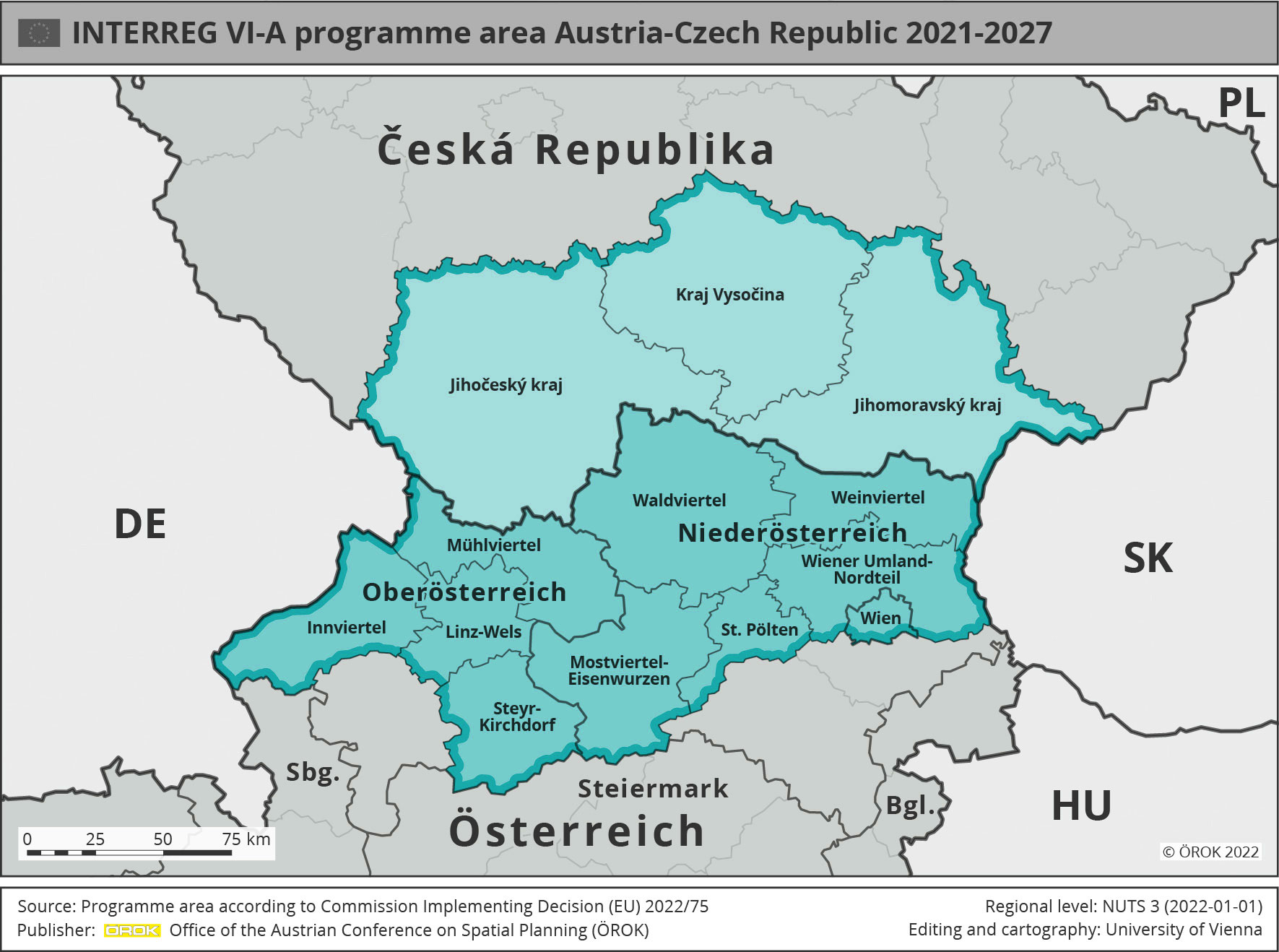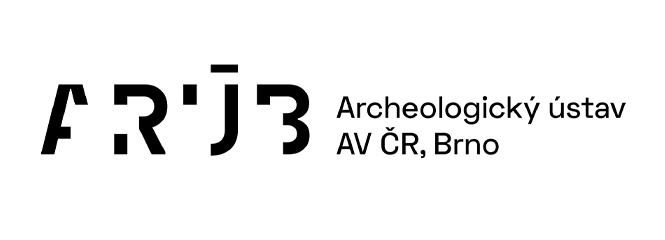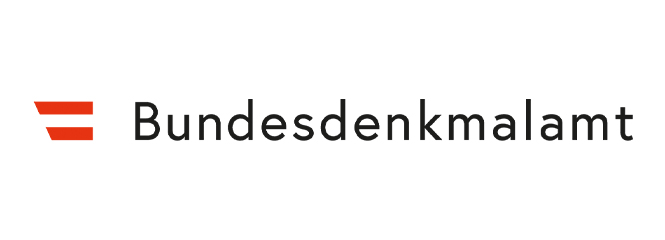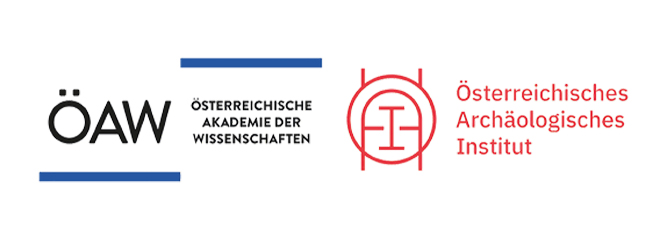At its core, the project consortium consists of two scientific partner institutions - the Center for Cultural Property Protection at the University for Continuing Education Krems and the Archaeological Institute of the Academy of Sciences of the Czech Republic - as well as seven strategic partner institutions from Austria and the Czech Republic. Together they are working on the sustainable establishment of the project results and promoting transnational cooperation in order to make the Roman heritage in the region tangible.
Project Coordinator
Center for Cultural Property Protection – University for Continuing Education Krems (UWK), Austria
The University for Continuing Education Krems is a public university for academic continuing education with a research focus on current and future societal challenges. With its Center for Cultural Property Protection, it has special expertise and extensive experience in the protection of cultural heritage from (climate-related) natural disasters and in cost-effective precautionary measures for movable and immovable cultural property. The Center takes a holistic approach, collaborating with high-level professors, institutions and educators in the field of risk management and cultural property protection, and drawing on a broad network of international stakeholders in the field of material cultural heritage.
Project Partner
Archeologický ústav Akademie věd České republiky, Brno (ARUB), Czech Republic
The Archaeological Institute of the Academy of Sciences of the Czech Republic in Brno is the only specialist institute in the Czech Republic that systematically studies the traces of the Roman army north of the Danube. For several decades, it has been conducting research on the central Roman military fortress at Hradisko, near Mušov, and, in cooperation with partners from Slovakia, Austria and Germany, on Roman military camps throughout the region. The research results are systematically analysed and published in professional journals. The Institute is also actively involved in the presentation of Roman monuments in South Moravia. ARUB has extensive expertise in the creation of material and immaterial offers for cultural tourism, as well as the technical equipment of a top research institution in the field of systematic research of the Romans.
Strategic partner institutions of the UNIVERSITY FOR CONTINUING EDUCATION KREMS
Monuments Authority Austria (BDA), Austria
The BDA is the central specialised authority in Austria dedicated to the preservation, protection, maintenance and research of cultural heritage in the public interest and in accordance with its legal mandate. This includes, in particular, architectural monuments, archaeological finds and the preservation of important cultural property in Austria. The BDA continuously monitors listed buildings and defines the framework for possible changes. It acts as a partner for owners and users of monuments and promotes close cooperation with builders, interest groups, other administrative units and scientific institutions in Austria and abroad. Through events such as the "Day of the Monument", the BDA communicates the concerns of monument protection to a broad public. It has extensive expertise in (provincial) Roman archaeology and sites north of the Danube and provides access to suitable archives and sites, which are being digitised as part of the project.
The Department of Art and Culture of the Office of the Provincial Government of Lower Austria is responsible for a unique collection of cultural and natural history of Lower Austria, comprising more than 6 million museum objects. The Lower Austrian Provincial Collections are supporting the project by selecting archaeological objects from their archives and appropriate sites within their area of responsibility for digitisation and 3D reconstruction.
Stadtgemeinde Tulln an der Donau | Municipality Tulln on the Danube, Austria
The municipality of Tulln in Lower Austria is the former Roman Danube Limes city of "Comagena". It houses a relevant historical infrastructure as well as a Roman museum and supports local living history initiatives. Tulln and the entire region benefit from the development of new museum concepts, increased local identification with the historical Roman heritage and integration into the international thematic region.
Weinviertel Tourism (WTG), Austria
Weinviertel Tourism acts as a holiday and leisure organiser and contributes to the development of the Weinviertel as a place to live. It strengthens awareness of the Weinviertel brand in order to position local businesses as long-term providers of excursions and leisure activities. In addition, it offers its partners know-how, expertise and a broad network and co-operates with neighbouring countries as a tourism communication and sales partner.
Austrian Archaeological Institute at the Austrian Academy of Sciences (ÖAI), Austria
The ÖAI combines basic research in archaeology and ancient history at the Austrian Academy of Sciences. Its research focus is on the history of mankind from the Quaternary period to modern times, with special emphasis on archaeological material sources and written records.
It has an extensive research infrastructure, including laboratories, workshops, a technology pool, mobile equipment, archives and the largest specialised archaeological library in Austria. Its departments deal with questions of cultural history using the methods of field research, material investigation, scientific analysis and the evaluation of written sources. The institute also carries out tasks in the field of monument preservation and conservation science.







